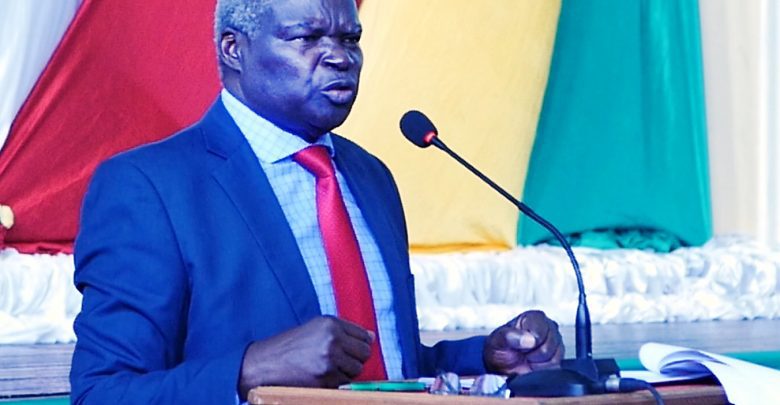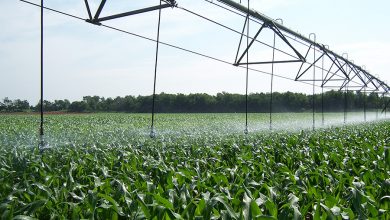Toe government line, food aid agencies told

The government has ordered all food distribution programmes and development agencies to follow existing channels in villages and wards by working with traditional leaders in those communities.
This directive is part of the Food Deficit Mitigation Strategy set by the Cabinet for the 2022/2023 lean season, where the government has said it will provide relief for all the 3.8 million people in Zimbabwe projected to be food insecure during this period.
Speaking at a Food Deficit Mitigation Strategy Sensitisation Meeting in Bulawayo on Thursday, Acting Minister of Public Service, Labour and Social Welfare, July Moyo said to implement the food relief programme, accountability and transparency were needed.
“In order to be transparent, we as the government need to know about everybody who is going to be intervening, so that if they are making mistakes on the ground, those from the government can say, ‘this is not the agreement, you should work through these structures.’ Transparency is knowing people on the ground whether as NGOs or anybody,” he said.
“It’s absolutely critical that we tell all the chieftainships, headmen and village heads who are coming to their area to remove suspicion.”
The sensitisation meeting was attended by traditional leaders, and provincial and district structures are drawn from across Zimbabwe.
Moyo said President Emmerson Mnangagwa also stressed that existing structure village and ward assemblies under the chieftainships, headmen and village heads must be used, highlighting that these were neutral structures.
“Chiefs are selected by the communities, so are the headman and village heads and the president just signs that. These community structures give neutrality to what we want to do. Yes, a village is made from people who come from various political and church persuasions but in every village, headmen or headwomen know how many households they have,” he noted.
The minister claimed some years ago in Binga, he found some people coming from outside Zimbabwe, distributing food at 8 pm yet no one knew them.
“I went to Binga Centre and asked if they knew who was distributing and everybody didn’t know. That raises suspicion. As we move forward, let’s just be transparent and let each of us know who is doing what. This programme should be able to work from the government to cooperating partners,” Moyo said.
He noted the government met and came up with decisions guided by the 2019 Food Deficit Mitigation Strategy set by the government and subsequent Cabinet decisions, which were critical in the implementation of food relief programmes.
The first directive is for the government distributes to all the 3.8 million food insecure citizens as government policy at peak level.
“All developmental partners including World Food Programme (WFP) must channel their support and assistance through the already existing approved government structures, there is no need to create new structures up to the local level,” Moyo stated.
“Officers of the government must not call for meetings but go to a village head, a chief, headman to call for those meetings because they have the power in the Traditional Leaders Act that allows them to do so. They also have powers to punish any household that does not come to those meetings, because this is the power that has been given to our key traditional leaders.”
“A headman has 21 pieces of jobs to do and they are tabulated into law to make sure when there is a need for community action, the village headmen or chiefs calls for these meetings. Don’t confuse the population, just avoid that and use those channels.”
The ministers urged District Development Coordinators (DDCs) to make sure this order was done “because that’s how the government wants to work.”






